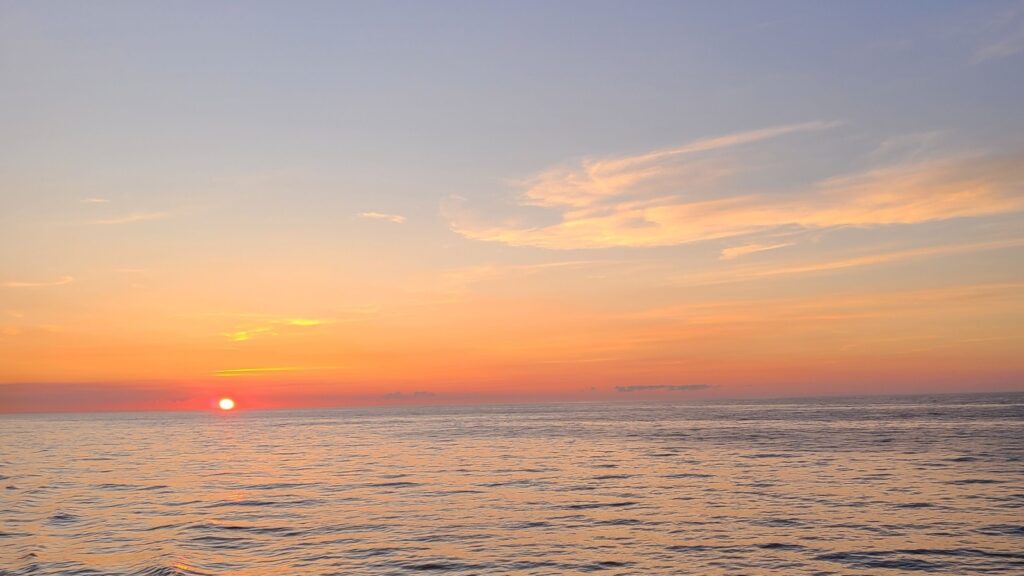Canada’s lakes are world-famous for their beauty, drawing swimmers, boaters, and nature lovers from across the globe. But not every sparkling shoreline is as safe as it looks. Hidden dangers, ranging from toxic algae blooms to industrial pollution and unpredictable currents, make some of Canada’s most inviting waters risky for a dip. Locals may already know which lakes to avoid, but visitors often find out the hard way. Here are 22 Canadian lakes that are actually unsafe for swimming:
Lake Winnipeg, Manitoba
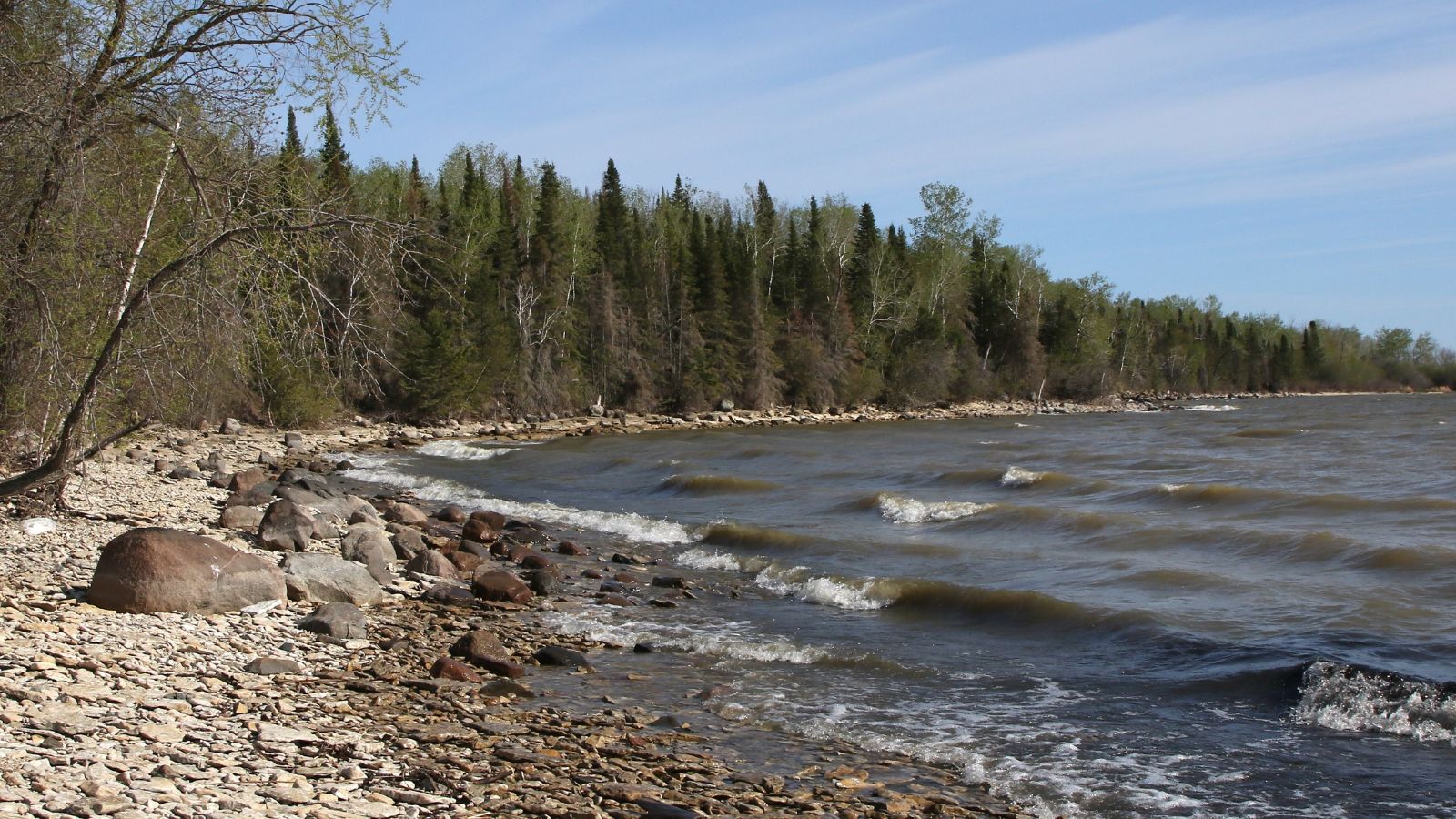
Despite its size and scenic beauty, Lake Winnipeg is plagued by severe blue-green algae blooms. Warm summers and agricultural runoff fuel these toxic outbreaks, which can cause skin irritation, nausea, and long-term ecological damage. Once a popular swimming destination, many beaches now post advisories throughout the season. Locals are particularly cautious about children and pets entering the water, and while boating and fishing remain popular, diving in isn’t recommended. Environmental groups continue pushing for stronger protections, but for now, Lake Winnipeg is better admired from the shore than enjoyed as a safe summer swim spot.
Lake Ontario, Ontario
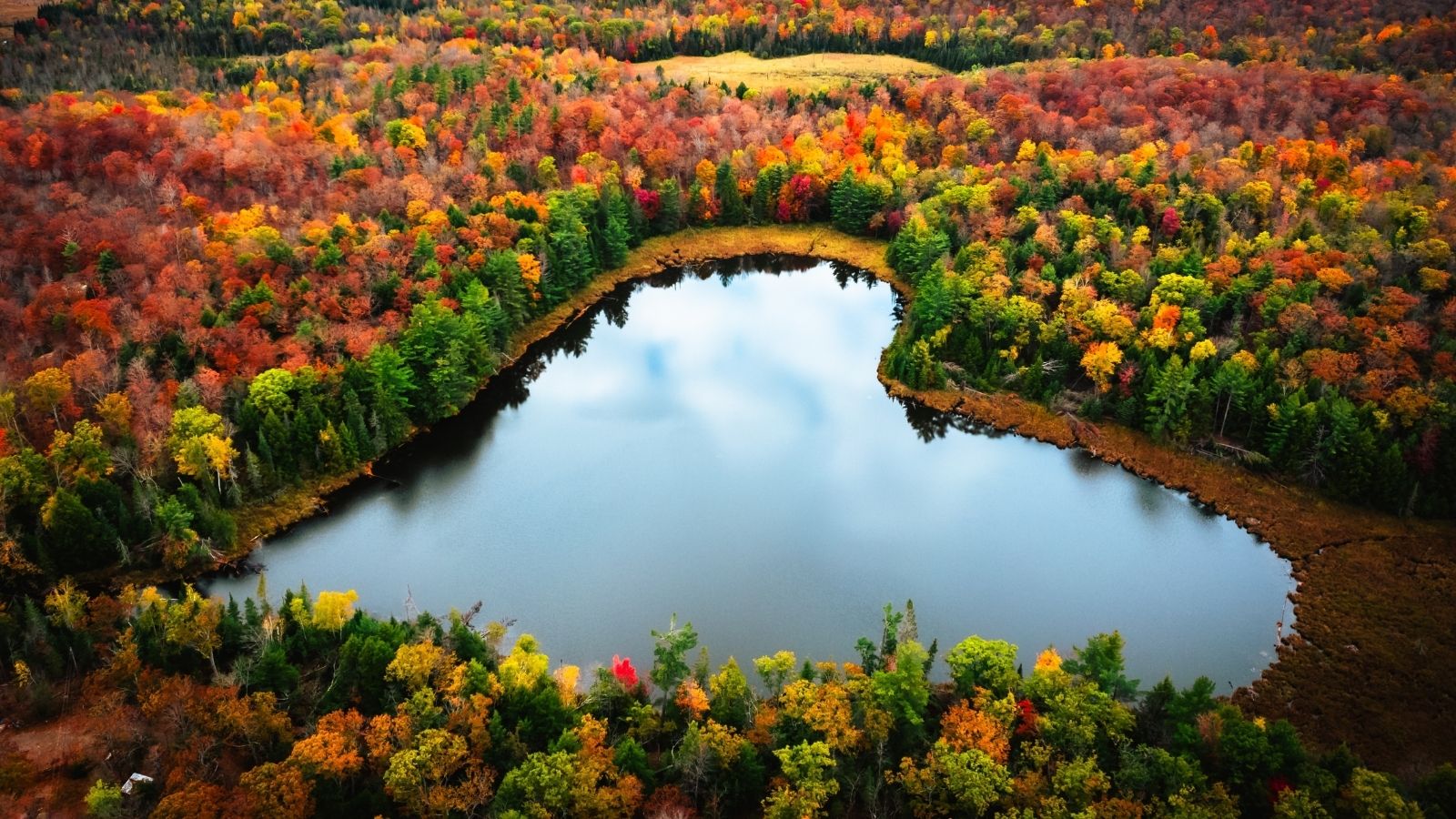
Lake Ontario, bordering Toronto and several major cities, has long struggled with pollution. Industrial waste, sewage overflows, and stormwater runoff often contaminate the shoreline, especially after heavy rains. Public health advisories frequently warn swimmers to stay out due to bacteria levels that exceed safe limits. While waterfront parks and beaches attract crowds, few are brave enough to risk the water itself. Local officials continue working on cleanup projects, but progress is slow, and for now, enjoying the boardwalk or paddling in cleaner sections is a safer bet than diving in for a swim.
Lake Erie, Ontario
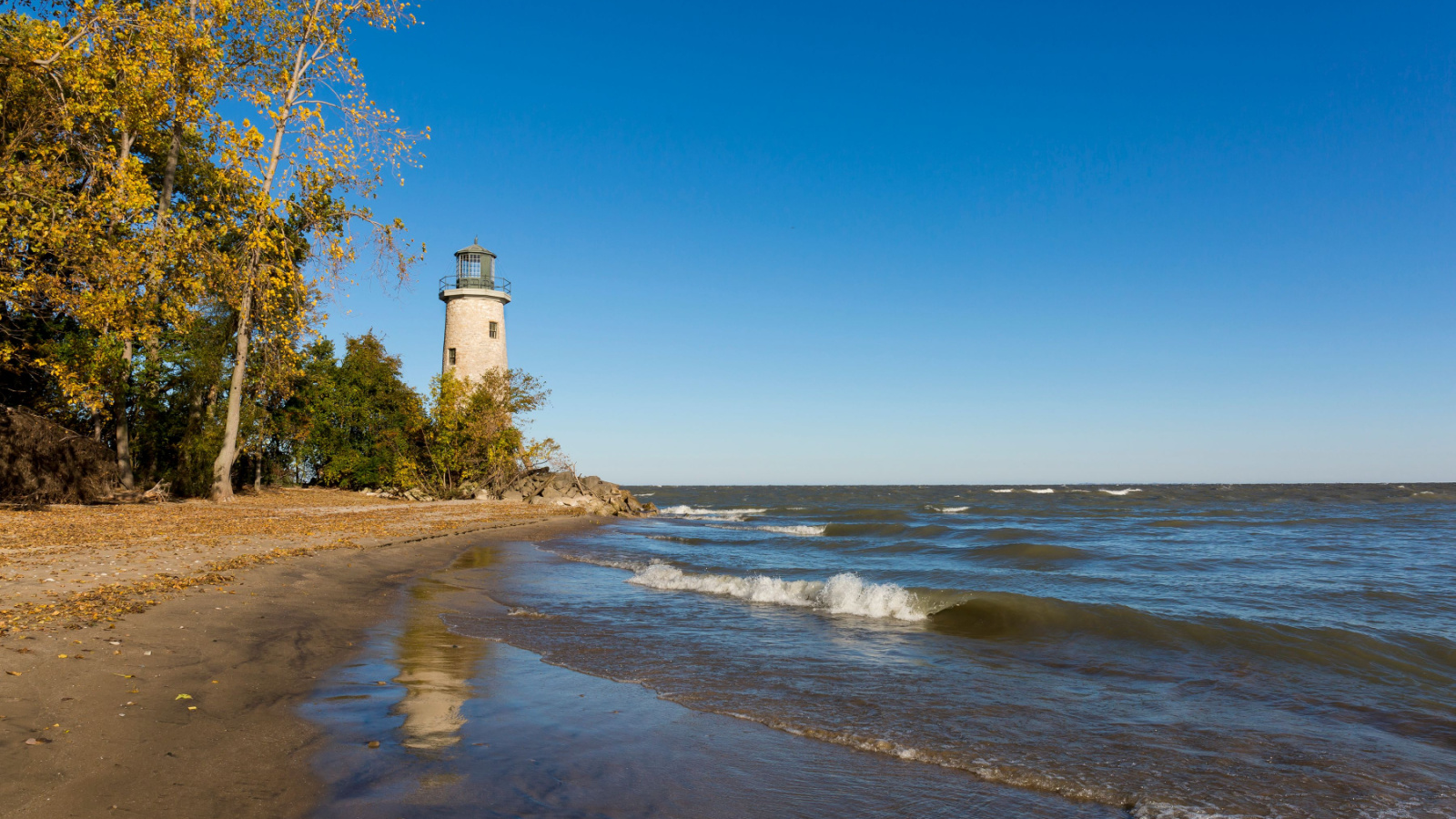
The shallowest of the Great Lakes, Lake Erie, is notorious for frequent algae blooms and high bacteria counts. Its proximity to farmland means runoff regularly pollutes the water, creating unsafe conditions, and many popular beaches are often closed during peak summer months, frustrating locals and tourists alike. The lake’s strong undertows also add to the danger, making it doubly risky. While fishing and boating thrive here, swimming is often discouraged. For anyone visiting Erie’s Canadian shoreline, checking water quality advisories is a must, but even then, many locals simply steer clear of swimming altogether.
Okanagan Lake, British Columbia
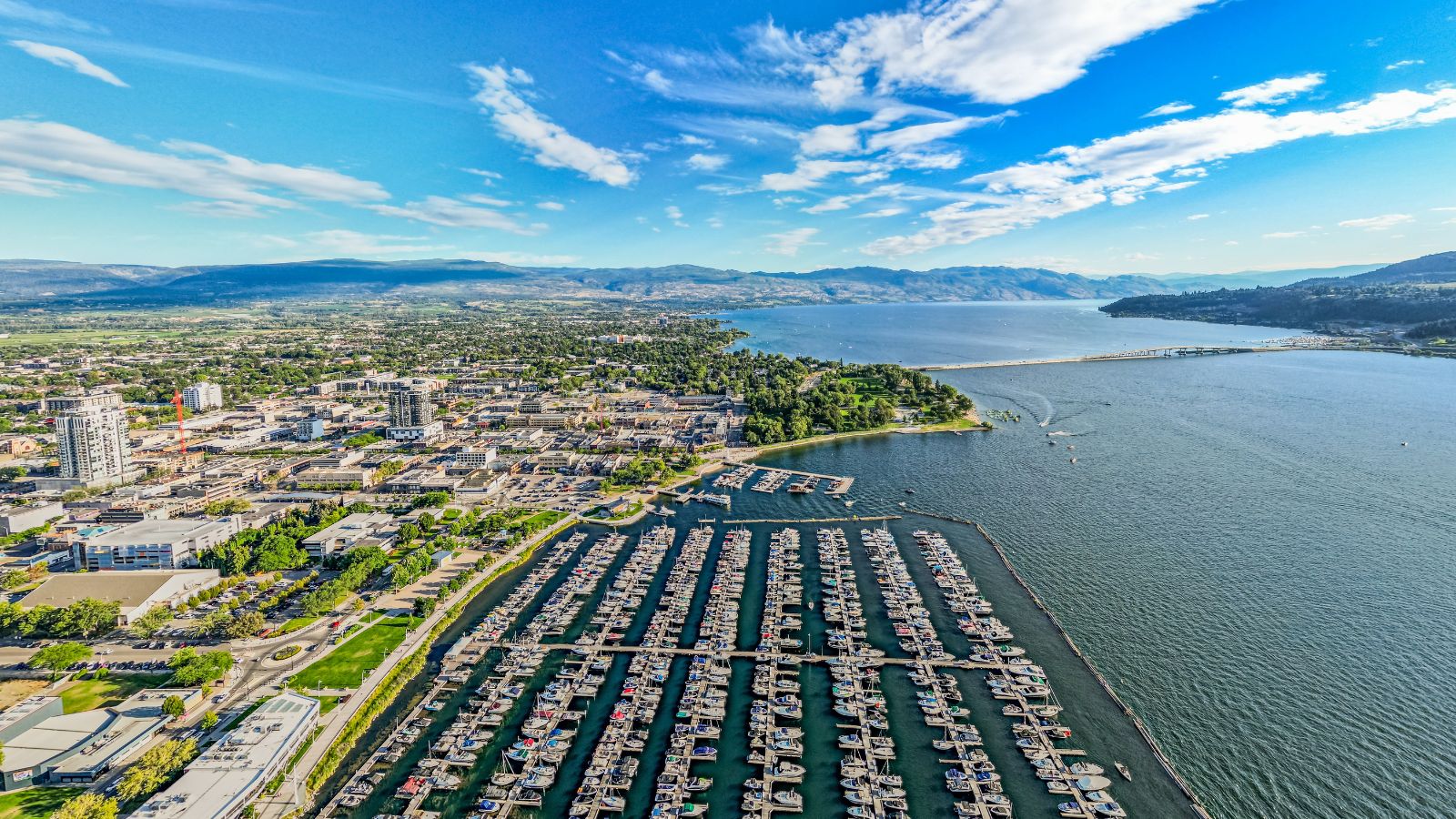
Nestled in wine country, Okanagan Lake is a jewel for boating and sightseeing, but not ideal for swimming. Beyond pollution concerns from agricultural runoff, the lake is infamous for its steep drop-offs and sudden cold currents. There are also occasional blue-green algae warnings, making conditions unpredictable. While its beaches may look inviting, safety experts often caution swimmers about drowning risks due to the depth and water temperature shifts. Locals may dip in near shore, but most visitors prefer to admire Okanagan Lake from a kayak, paddleboard, or simply a lakeside patio with a glass of wine.
Slocan Lake, British Columbia
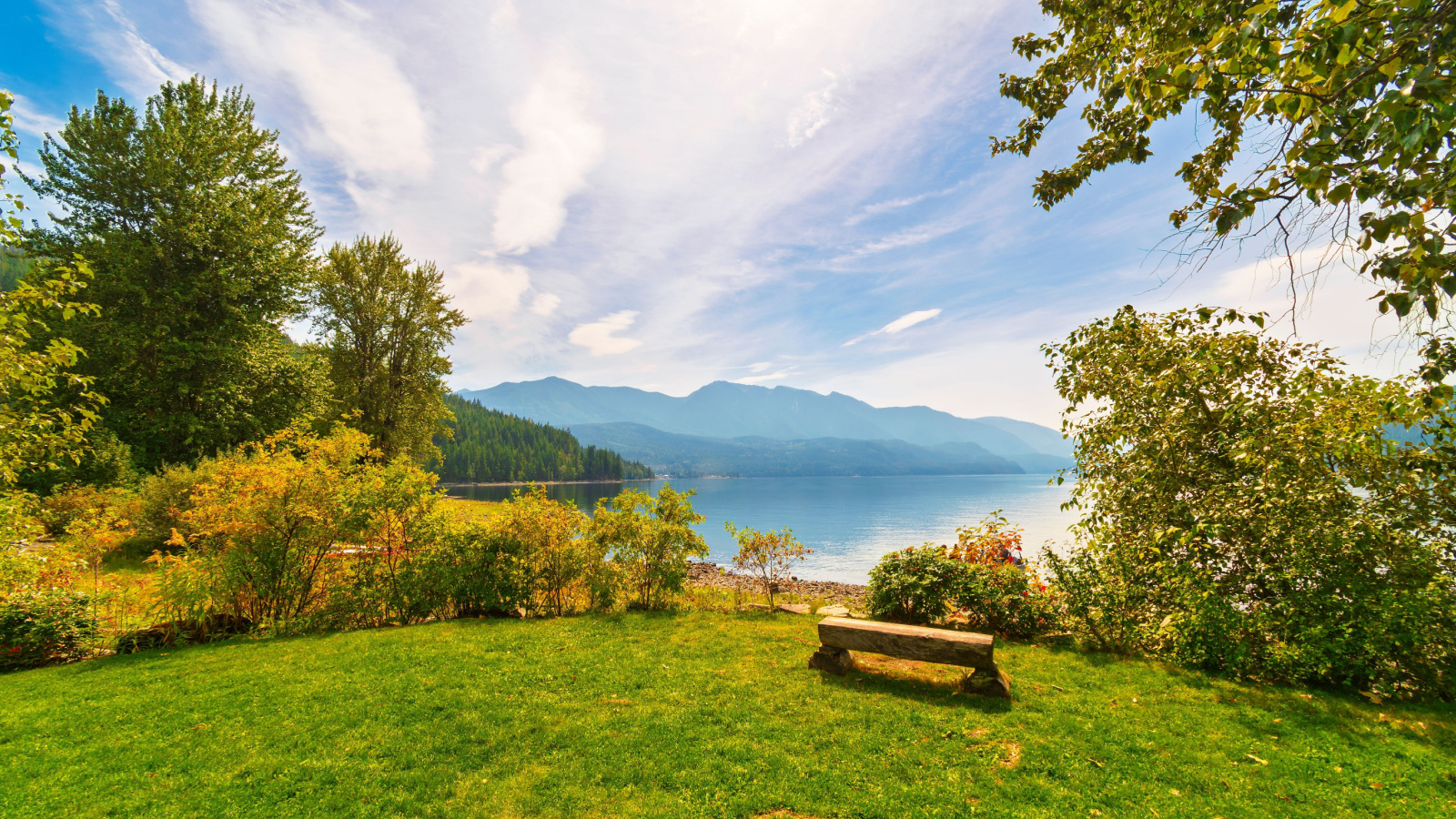
Slocan Lake is surrounded by breathtaking mountain scenery, but it hides a darker side. The waters are notoriously cold, even in mid-summer, creating a risk of shock for unsuspecting swimmers. Strong undercurrents and sudden weather changes add to the hazards, and the lake is also deep, making rescues difficult if accidents occur. Locals often warn visitors to think twice before diving in. Though perfect for boating, fishing, or simply relaxing on the shore, swimming in Slocan Lake has tragically ended in drownings. Its beauty is undeniable, but safety experts emphasize caution for those tempted to take a dip.
Lake Athabasca, Alberta/Saskatchewan
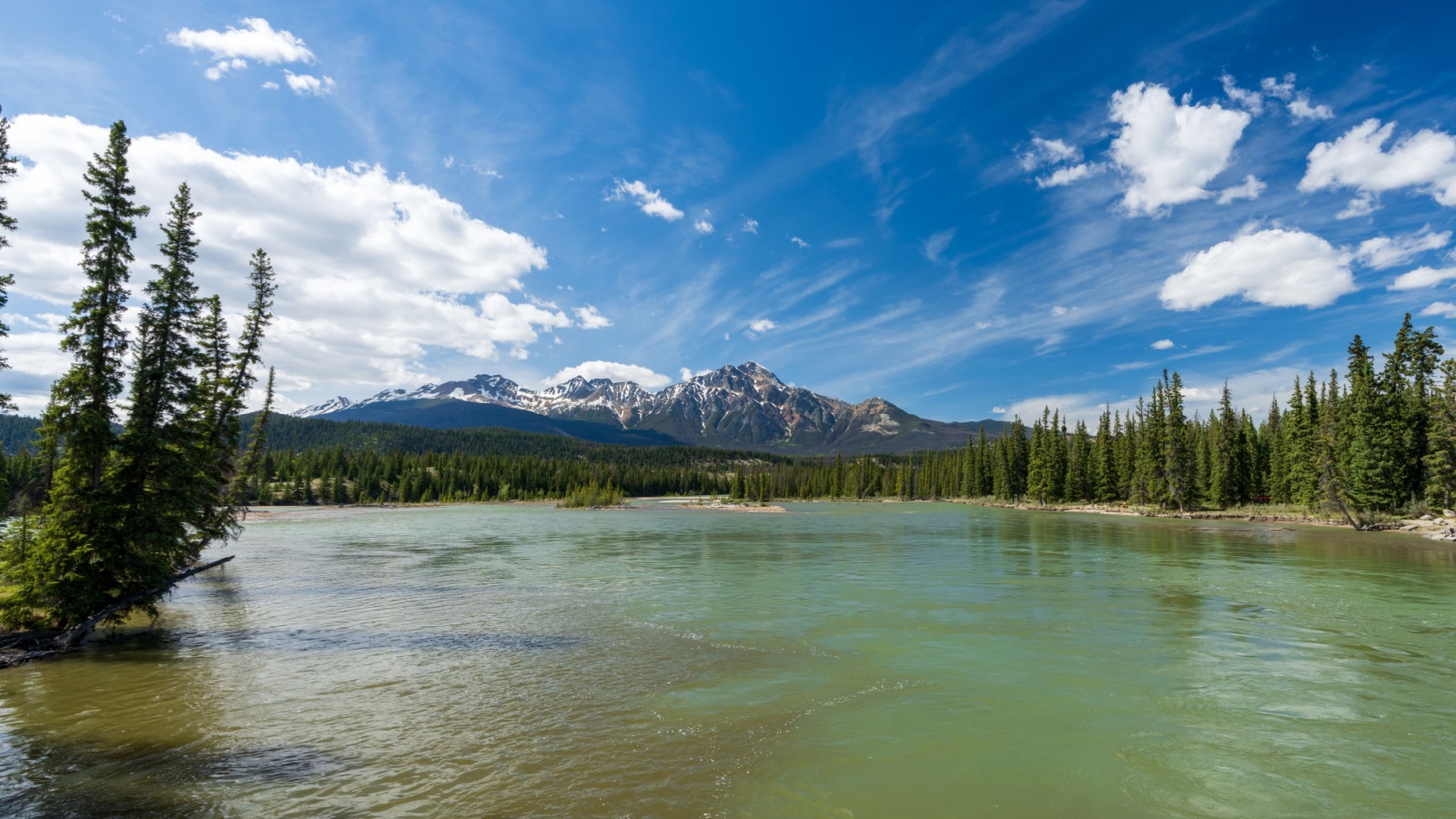
Canada’s eighth-largest lake, Lake Athabasca, is stunning but carries environmental scars from nearby uranium and oil sands development. Elevated levels of heavy metals and pollutants have raised serious health concerns, making it unsafe for swimming. Local Indigenous communities have long voiced concerns about the water quality, noting impacts on both human health and wildlife. While fishing and boating still occur, swimming in its waters is strongly discouraged, and despite its remote beauty, the risks of contamination overshadow the appeal of a refreshing dip. For many, Lake Athabasca stands as a reminder of the cost of industrial development on natural waters.
Lake Champlain, Quebec
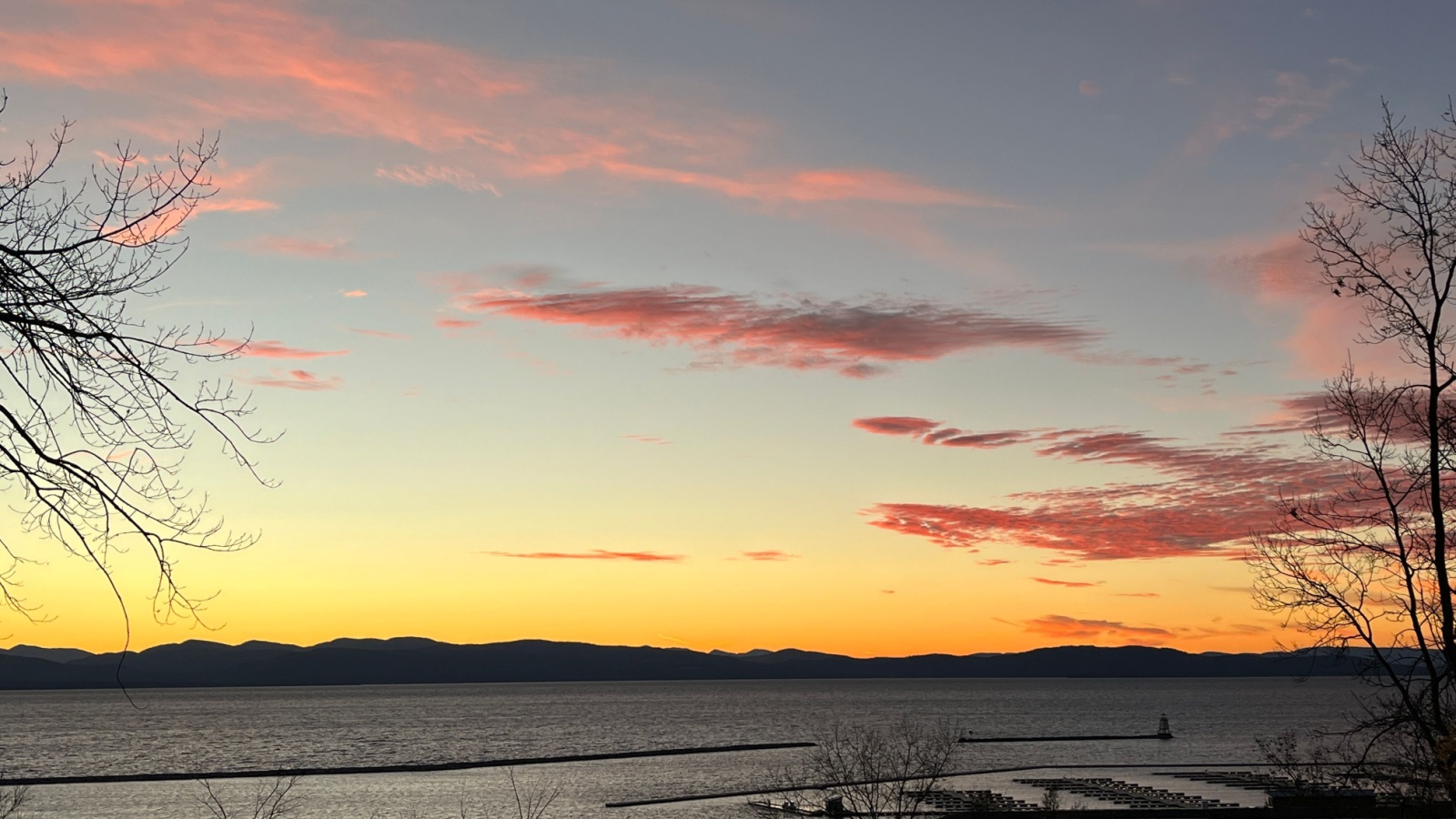
Straddling the Quebec–Vermont border, Lake Champlain may look inviting, but its waters often harbor toxic algae blooms during the summer. These outbreaks release harmful toxins that pose risks not only to swimmers but also to pets and wildlife. Additionally, parts of the lake are affected by stormwater runoff and sewage contamination. Public advisories regularly warn against swimming, especially during hot, dry months when algae thrives. While boating and scenic tours remain popular, dipping into Lake Champlain isn’t worth the risk.
Lake St. Clair, Ontario
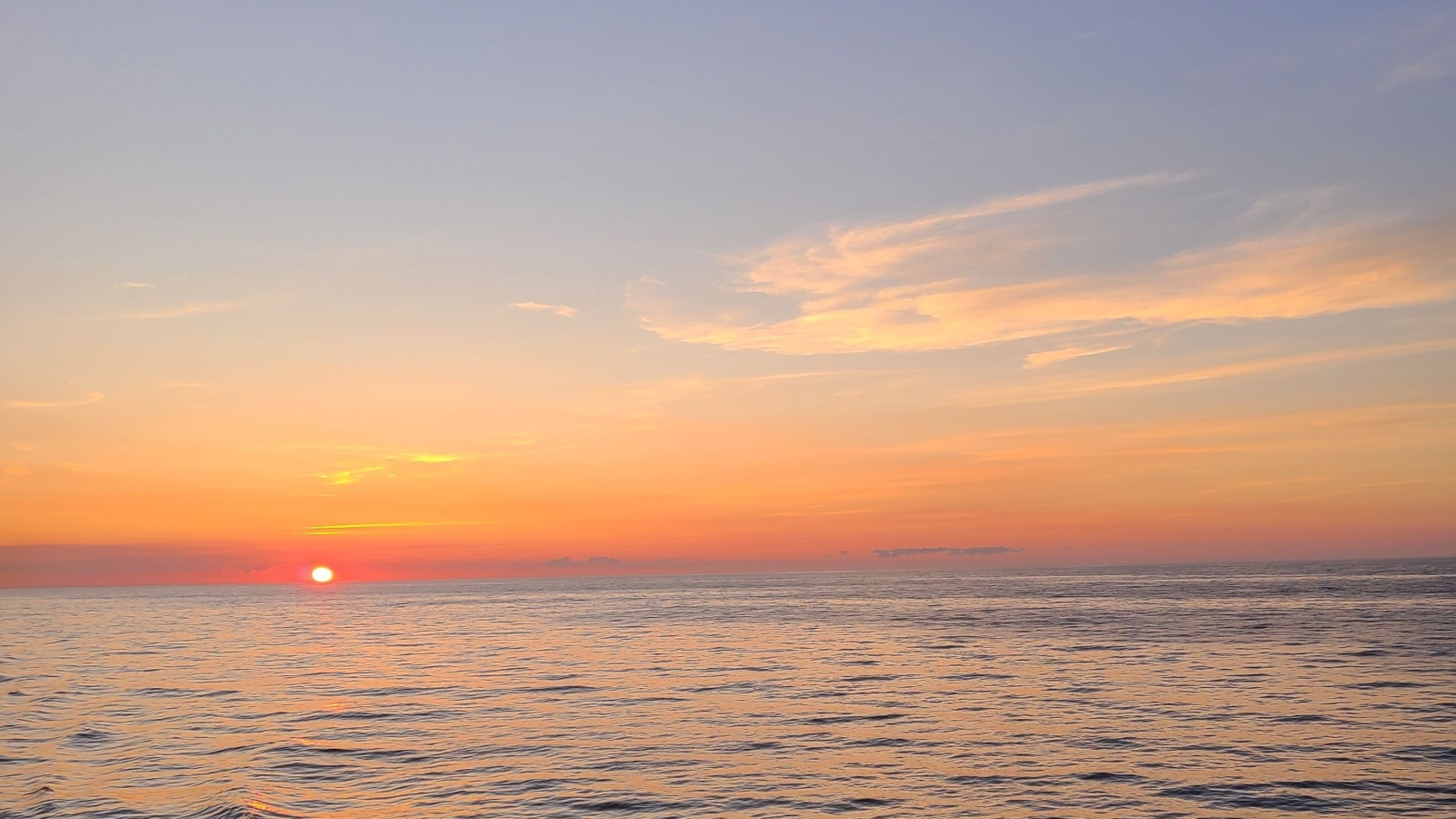
Lake St. Clair, sitting between Lake Erie and Lake Huron, struggles with significant pollution due to agricultural and urban runoff. Bacteria levels often force beach closures, frustrating swimmers during peak summer. The shallow lake warms quickly, creating conditions ripe for algae growth, and although boating and fishing are still popular, public health officials routinely issue warnings against swimming. Locals note that water quality can change daily, making it unreliable for safe recreation. While its sandy beaches are attractive, swimmers are better off finding alternatives in cleaner nearby lakes for a safe and enjoyable dip.
Lake Diefenbaker, Saskatchewan
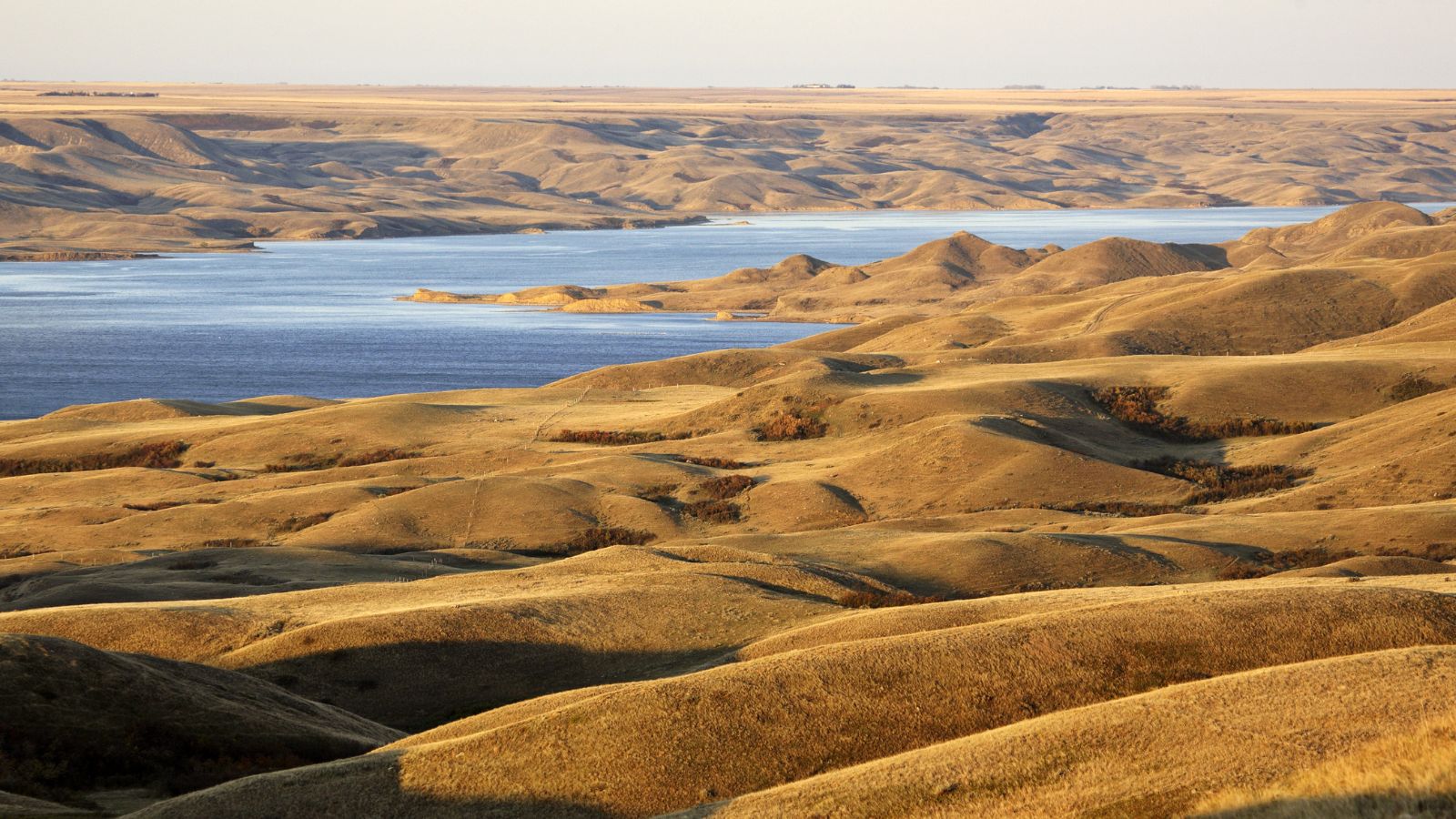
A sprawling man-made reservoir, Lake Diefenbaker is popular for boating and camping but less ideal for swimming. Toxic blue-green algae blooms frequently occur here, releasing harmful toxins into the water, which can cause rashes, vomiting, and serious health problems for both people and pets. Strong winds and currents make conditions even less safe for casual swimmers, and while the lake draws anglers and water-sport enthusiasts, swimming is rarely recommended. Locals advise enjoying the beaches and vistas but being cautious about water contact, and for families, it’s often considered a better picnic destination than a safe swimming spot.
Lake of the Woods, Ontario/Manitoba
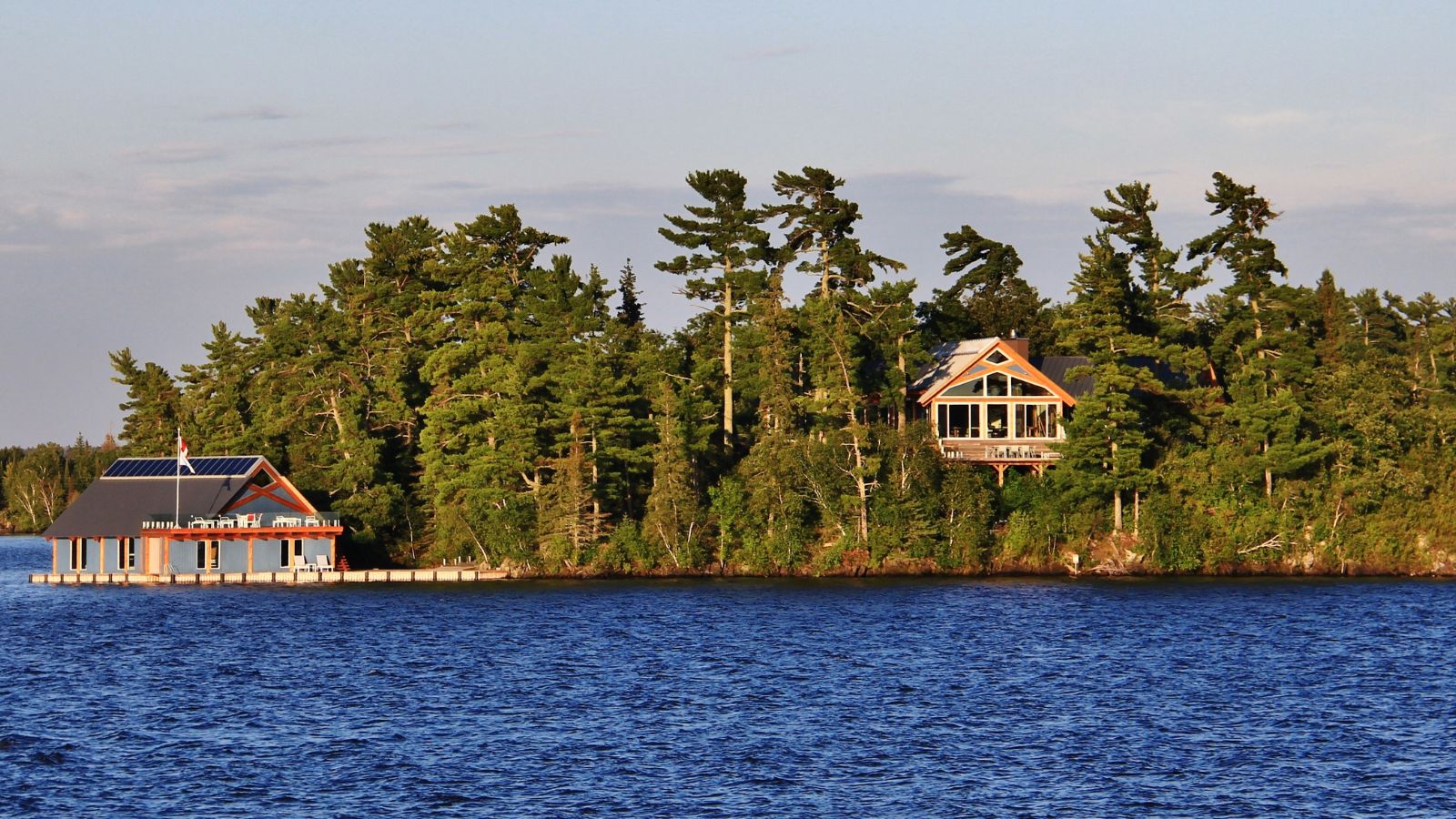
Spanning two provinces and extending into the U.S., Lake of the Woods is breathtaking but problematic for swimmers. Its vast shoreline sees frequent algae blooms, driven by agricultural runoff and climate shifts. The lake is also known for sudden weather changes that create dangerous waves and currents. While it remains popular for fishing and boating, public advisories often caution against swimming in certain areas. Locals know that conditions can change rapidly, making it unpredictable for safe swimming, and despite its beauty, this iconic lake is better enjoyed on the water or from a scenic lookout.
Nipissing Lake, Ontario
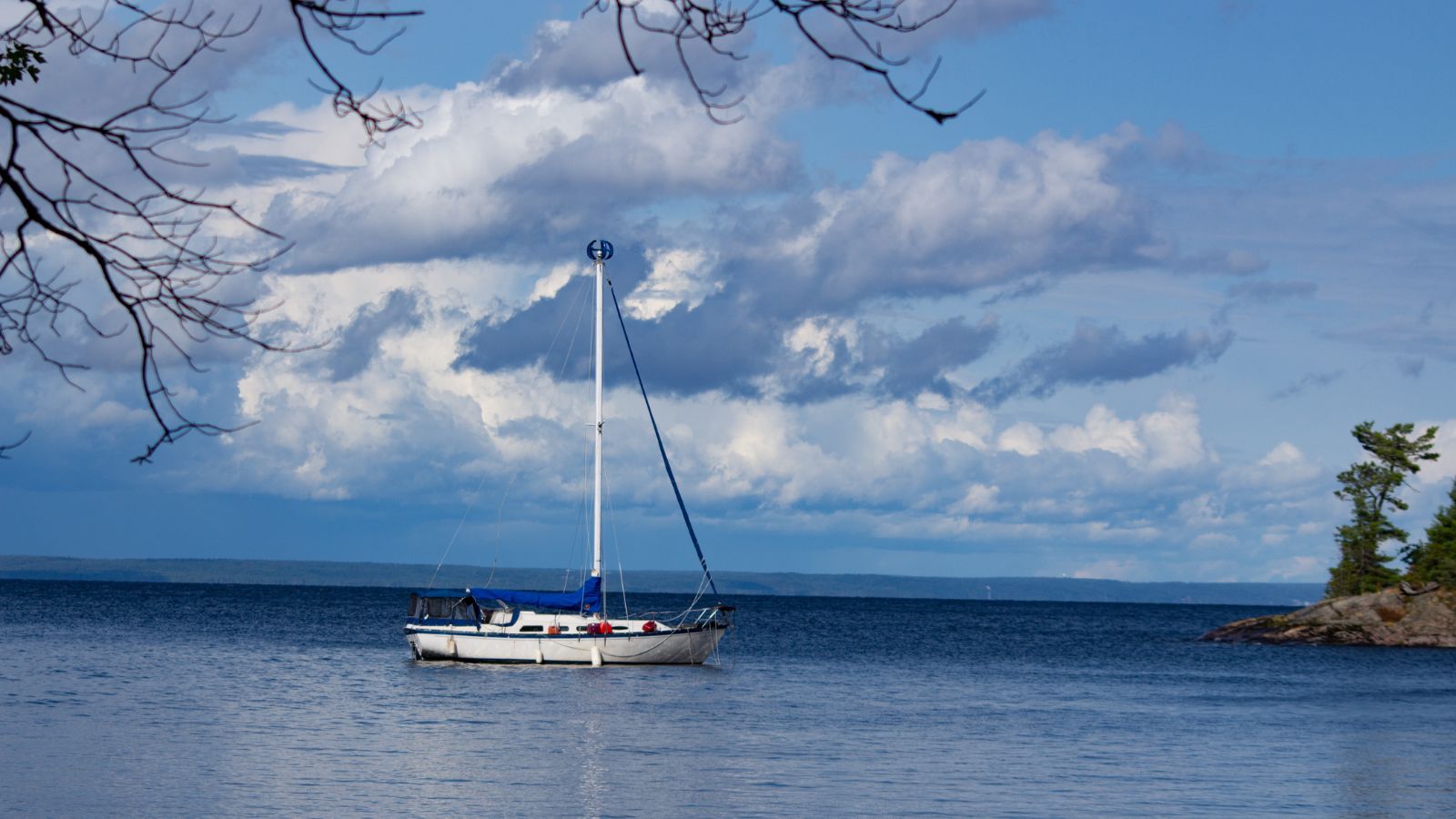
Lake Nipissing, near North Bay, is a summer destination with a reputation for fishing. But swimming here carries risks because of high bacteria levels, especially after rainstorms, which often lead to advisories against entering the water. The shallow lake also warms quickly, making it susceptible to algae blooms, and combined with unpredictable weather and strong winds, conditions can be hazardous for swimmers. Locals may wade in at well-monitored beaches, but many prefer boating or shoreline relaxation. Tourists often arrive expecting a classic swim-friendly lake experience, only to learn that water quality warnings make it unreliable for safe swimming.
Lake Simcoe, Ontario
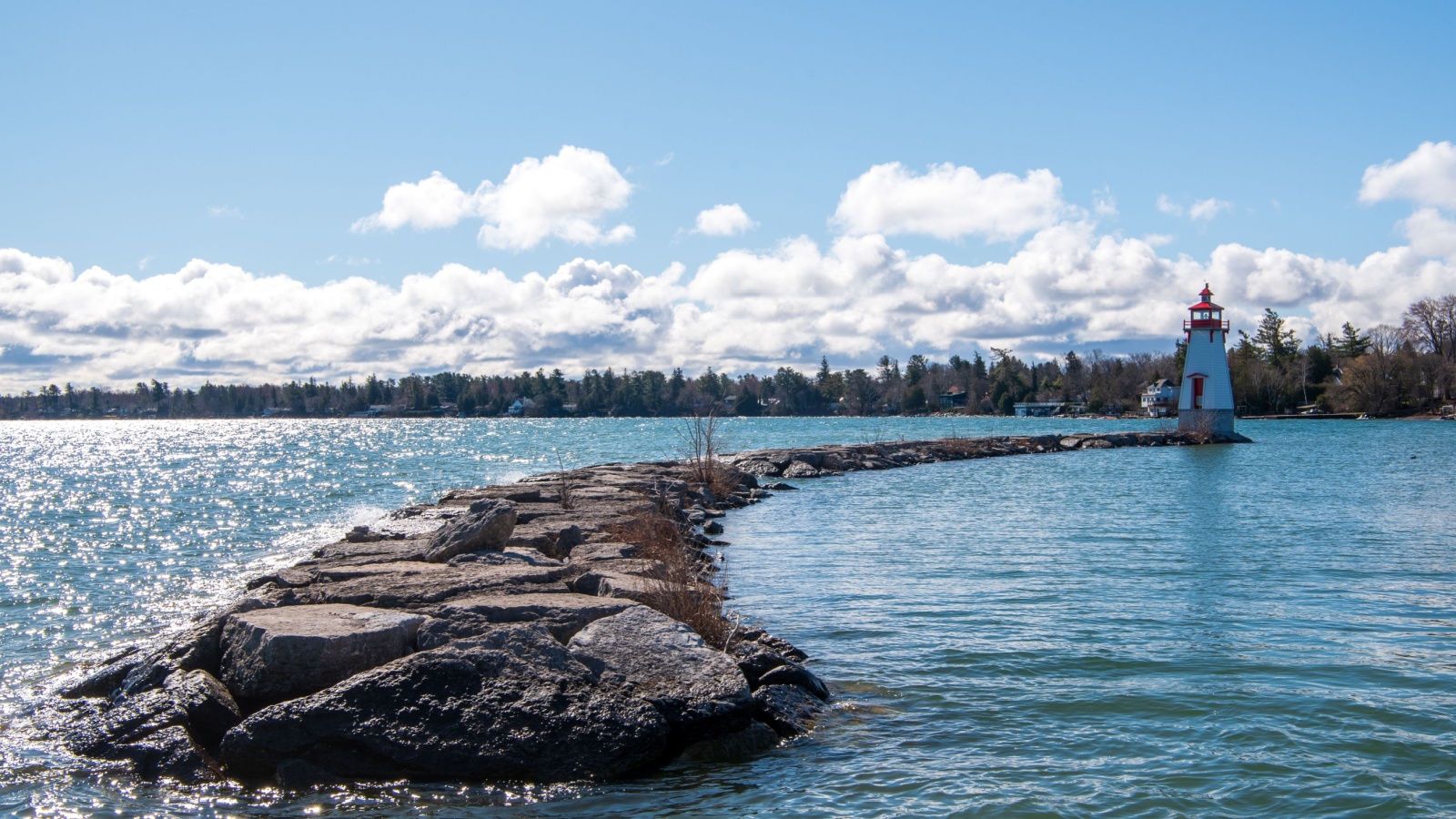
Close to Toronto, Lake Simcoe attracts thousands of summer visitors. Yet, it frequently experiences unsafe bacteria levels, especially after heavy rains. The lake also suffers from nutrient pollution, which has worsened over the years, and while beaches open during peak season, advisories often close them with little warning. For swimmers, this unpredictability can be frustrating, while cold water temperatures further add to the risk of shock. Despite its popularity, locals often recommend enjoying boating or fishing instead of swimming. Until long-term cleanup efforts succeed, Lake Simcoe remains more appealing for lakeside recreation than for a safe dip.
Lake Winnipegosis, Manitoba
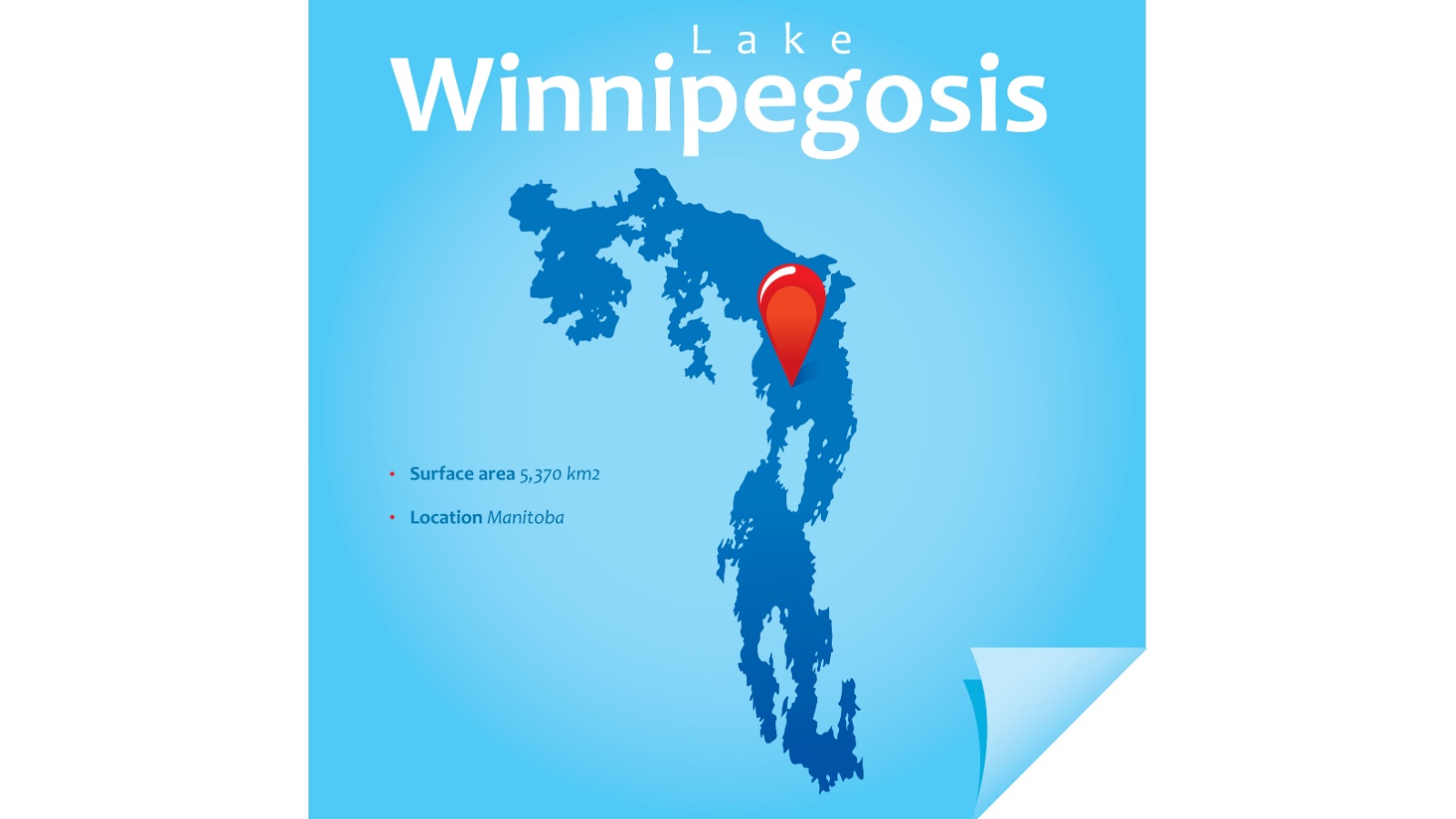
As one of Canada’s largest freshwater lakes, Lake Winnipegosis looks like a swimming paradise. But, like nearby Lake Winnipeg, it faces algae bloom issues caused by agricultural runoff. Water quality advisories are common in summer, warning swimmers of potential health risks. The shallow lake is also known for fluctuating water levels and muddy shorelines that make for unpleasant swimming conditions. While fishing and boating remain draws, swimming isn’t recommended for health or safety reasons, and locals often steer tourists toward smaller, cleaner lakes in the region instead. Despite its natural scale, Winnipegosis remains a risky choice for swimmers.
Lesser Slave Lake, Alberta
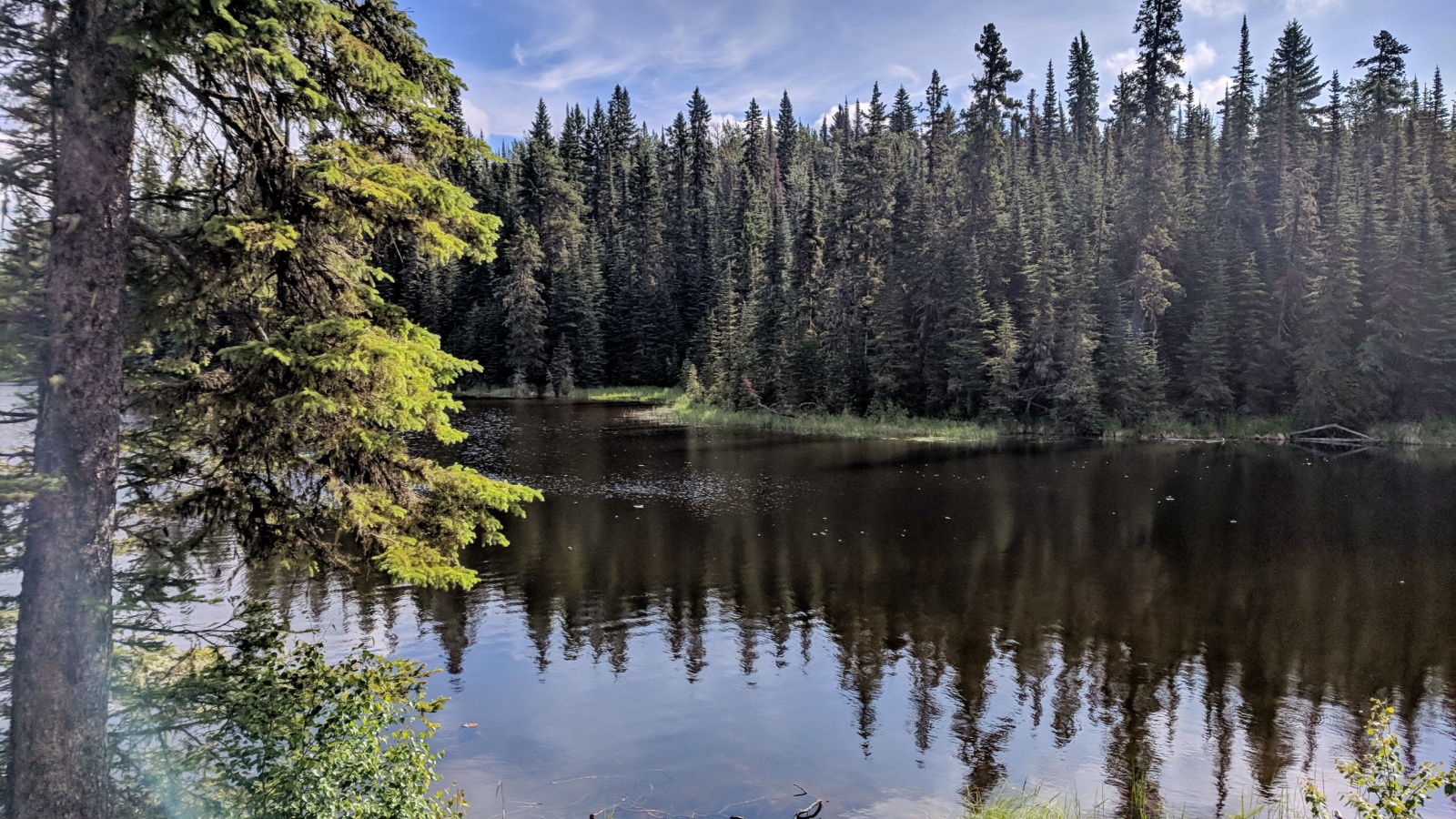
Northern Alberta’s Lesser Slave Lake is beloved for its vast sandy beaches, but swimming isn’t always safe. Warm summers trigger algae blooms, while runoff and bacteria spikes can quickly render the water hazardous. Public health officials routinely issue warnings, particularly at popular swimming spots like Devonshire Beach. Sudden cold currents and strong winds also create risks for swimmers, and locals know to check advisories before taking a dip, but many families opt to enjoy the shoreline instead. Despite its beauty, Lesser Slave Lake’s water quality challenges make it unreliable for those seeking a worry-free swim.
Lake Superior (Certain Bays), Ontario
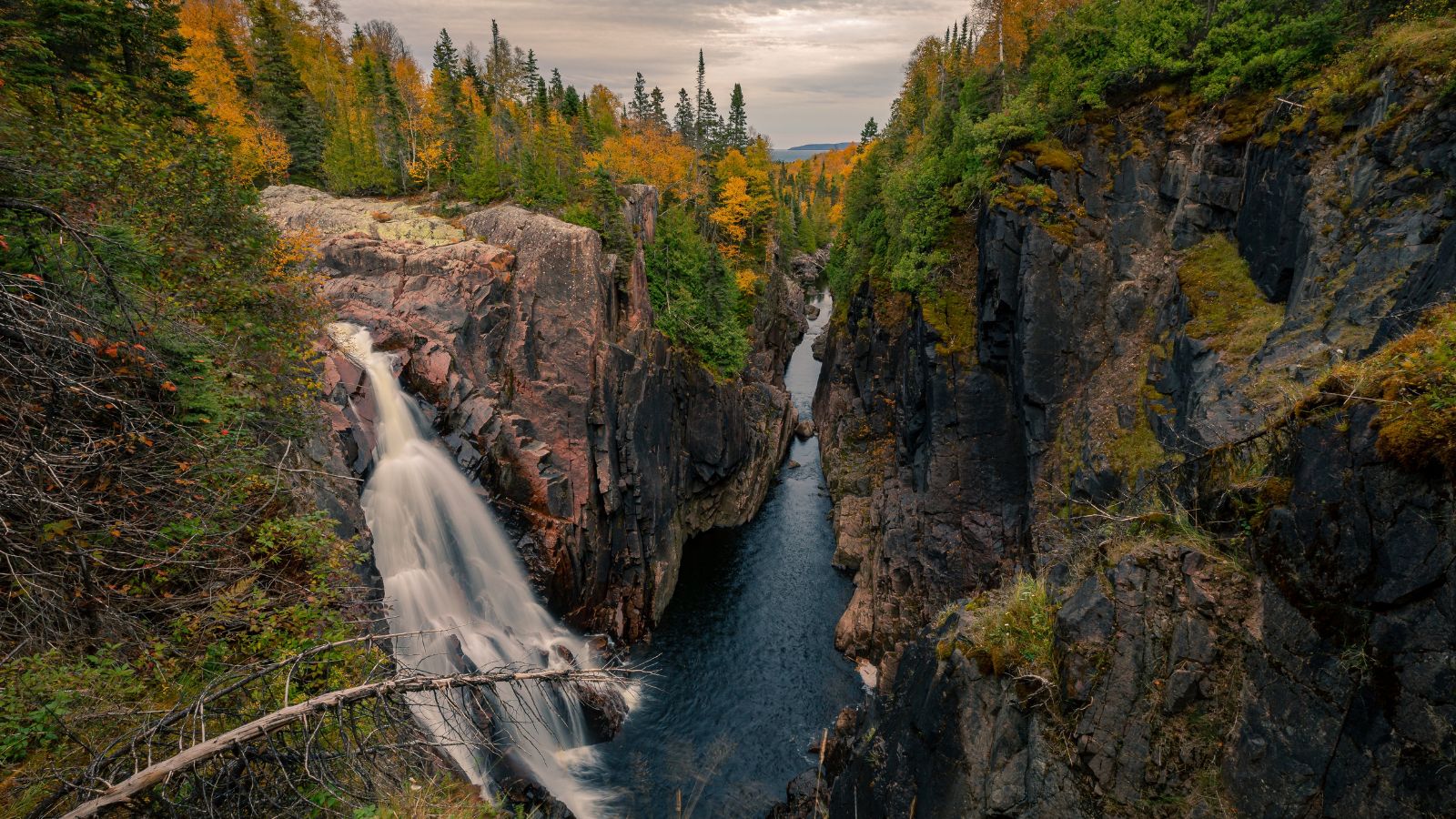
Though Lake Superior is the cleanest of the Great Lakes, certain bays and shorelines pose serious risks. Cold water temperatures year-round create a danger of shock, even in midsummer, while strong currents and rip tides are another hazard, catching swimmers off guard. Areas near industrial towns have also reported localized contamination. While its rugged beauty attracts adventurers, Superior is best for kayaking, hiking, and scenic drives rather than swimming. Locals warn that it is one of the most dangerous lakes to underestimate, and even strong swimmers often avoid venturing far from shore.
Kootenay Lake, British Columbia
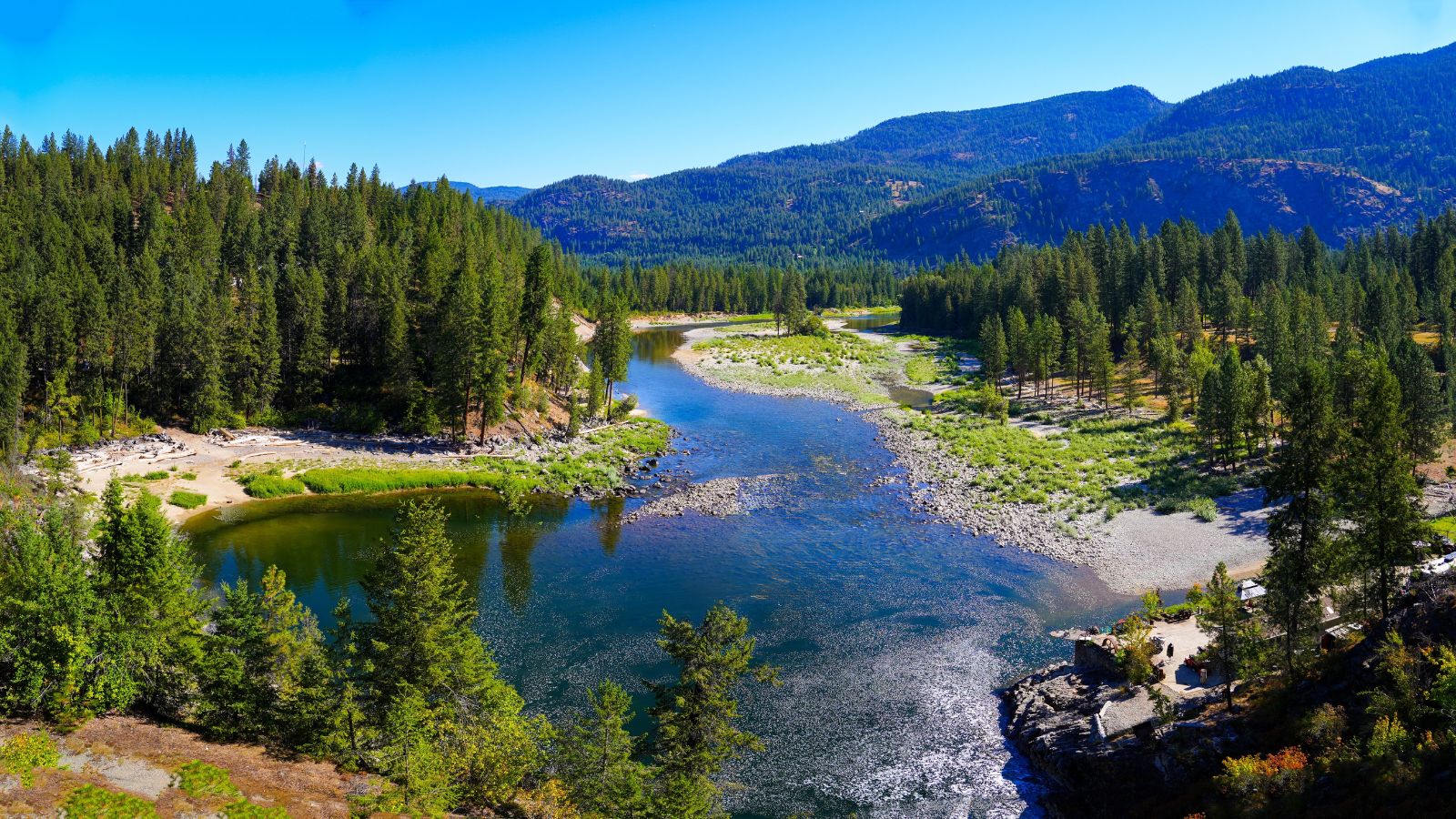
Nestled in the Rockies, Kootenay Lake is stunning but dangerous for swimmers. Its waters remain frigid throughout the summer, making hypothermia a real risk. Deep sections and unpredictable weather patterns add to the hazards, and while locals enjoy boating and fishing, few venture in for a swim. Some areas also see algae warnings, compounding the risks. Despite the postcard-worthy scenery, safety officials recommend enjoying Kootenay Lake from the shore or aboard a boat. It may be perfect for photography and paddling, but for swimming, the dangers outweigh the natural beauty.
Qu’Appelle Valley Lakes, Saskatchewan
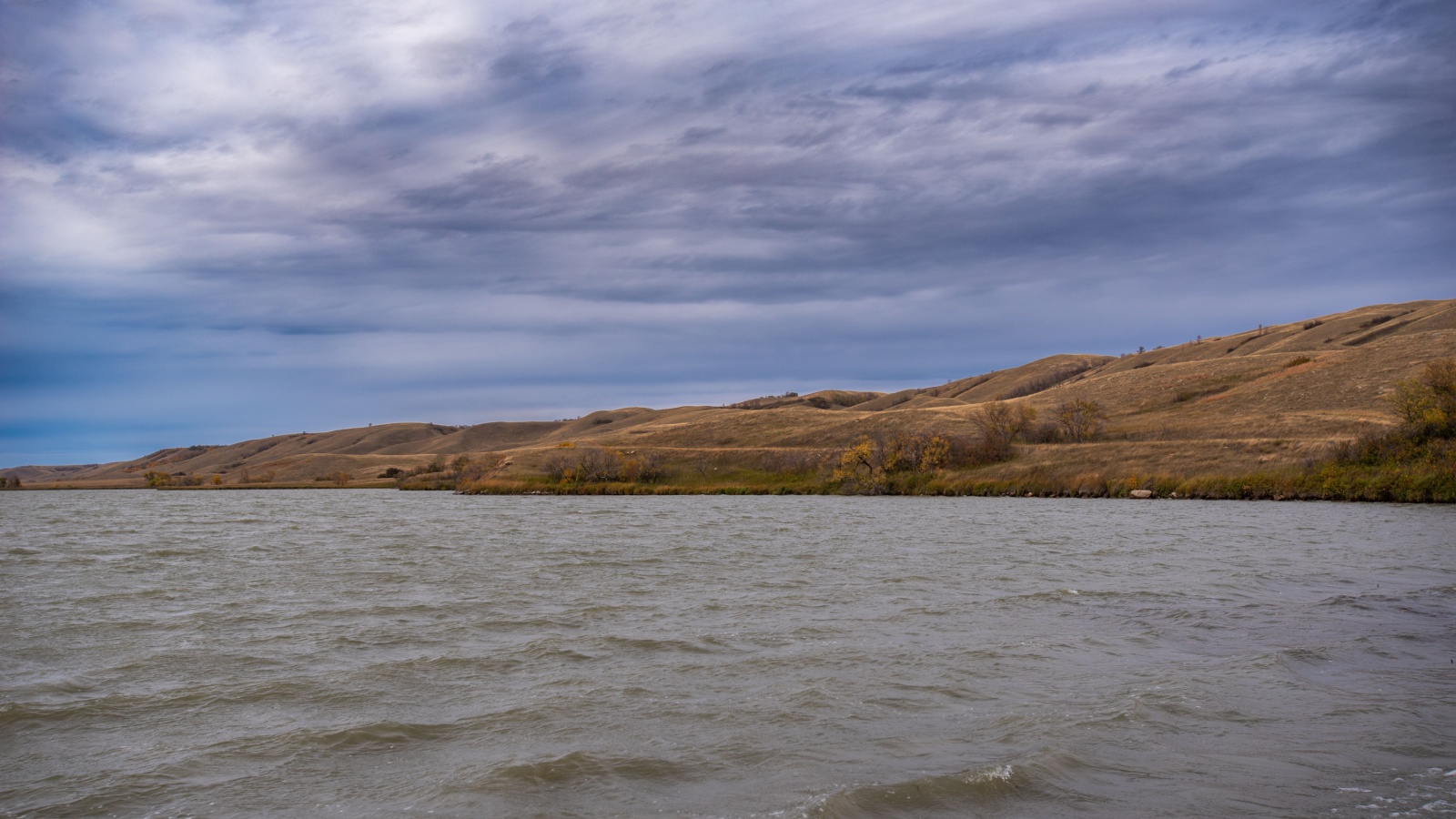
The Qu’Appelle Valley Lakes, a chain including Echo, Pasqua, and Crooked Lakes, are scenic but often unsafe for swimming. Frequent algae blooms and high bacteria levels result in regular advisories, and nutrient runoff from surrounding farmland exacerbates the issue, creating water conditions that can cause rashes and gastrointestinal illness. Locals often warn visitors to avoid swimming during peak summer when the blooms are worst. While boating and fishing continue, families often prefer picnics and camping instead of entering the water. These lakes may look inviting, but their recurring contamination issues make them poor choices for safe summer swimming.
Lake St. Louis, Quebec
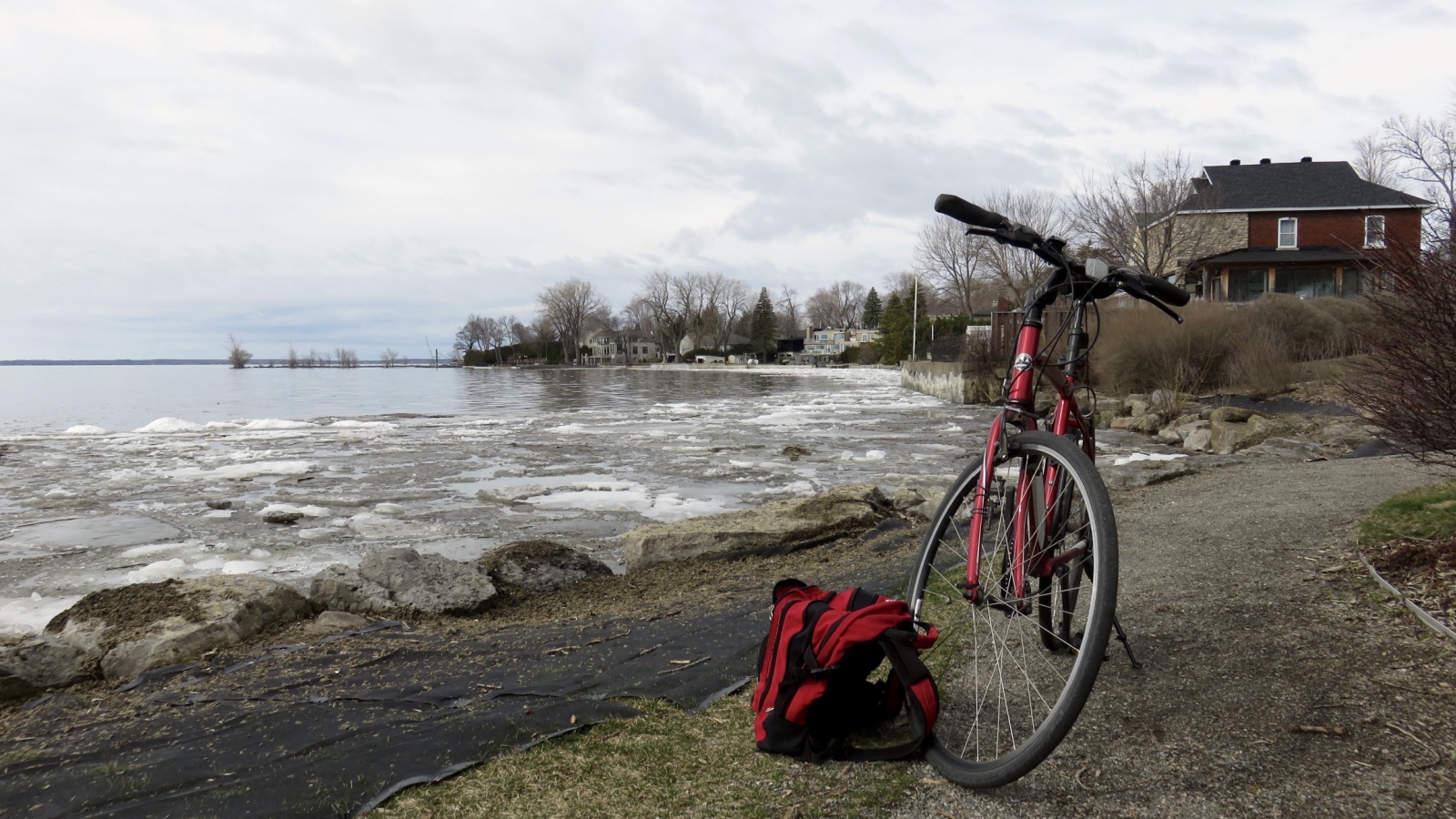
Part of the St. Lawrence River system, Lake St. Louis is heavily impacted by industrial pollution and sewage runoff from Montreal and surrounding communities. As a result, swimming in its waters is generally considered unsafe. Elevated bacteria levels frequently exceed health standards, particularly after rainfall. Despite the lake’s prominence in the region, it is better suited for boating and scenic walks than for recreational swimming. Locals know that pollution warnings are routine here, making it one of Quebec’s most problematic bodies of water, and for swimmers, safer options exist just outside the Montreal area.
Lake Couchiching, Ontario
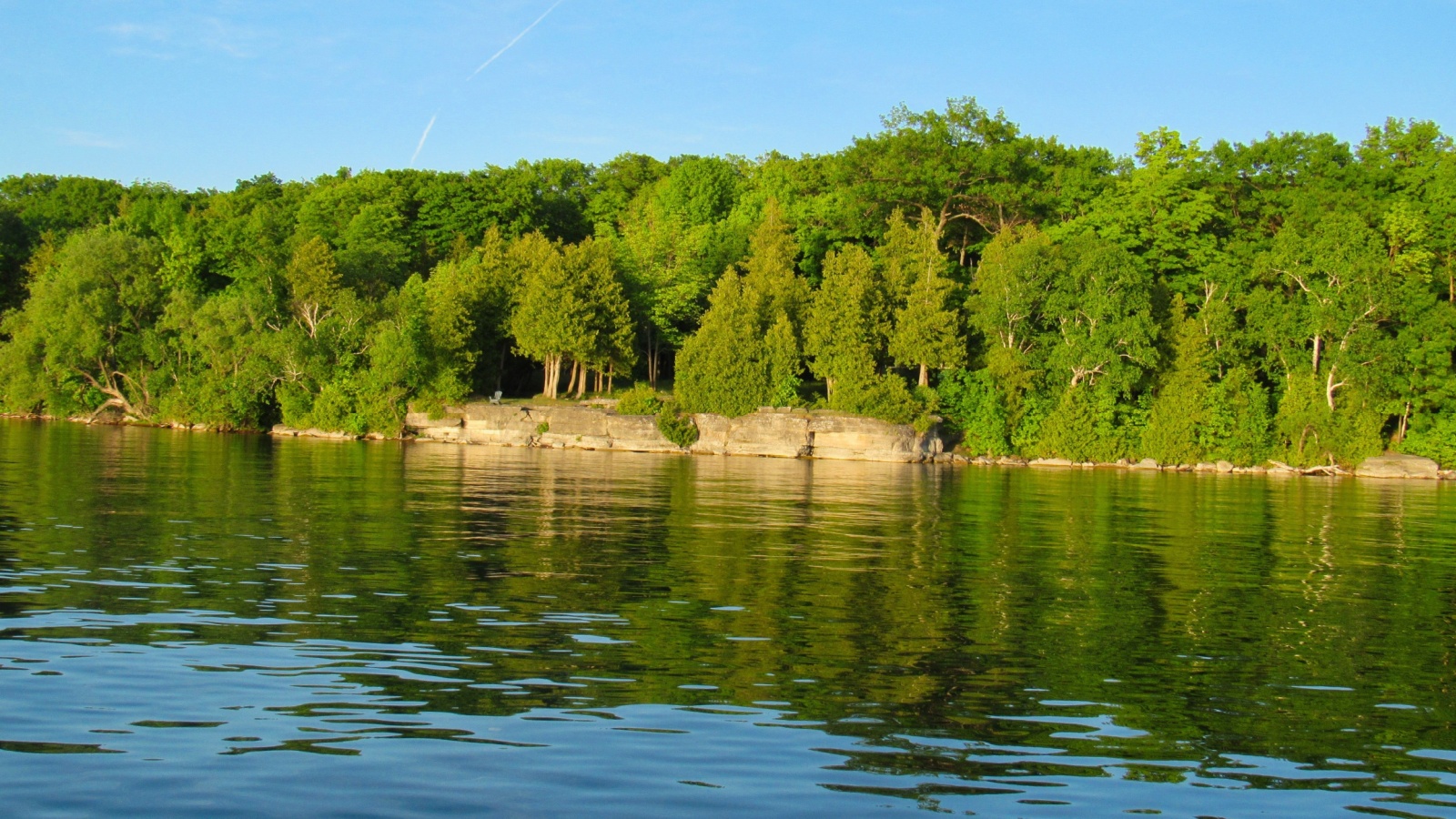
Near Orillia, Lake Couchiching is part of Ontario’s cottage country appeal. But its shallow waters make it prone to algae blooms and bacterial buildup during hot summers. Public health officials often issue advisories against swimming, especially for children and pets, and combined with heavy boating traffic, water quality can be unreliable. While cottagers still flock to its shores, many locals treat swimming as a risky choice. The lake’s popularity for fishing and festivals keeps it busy, but when it comes to a refreshing dip, nearby cleaner lakes in Muskoka are generally preferred for safety.
Lake Melville, Labrador
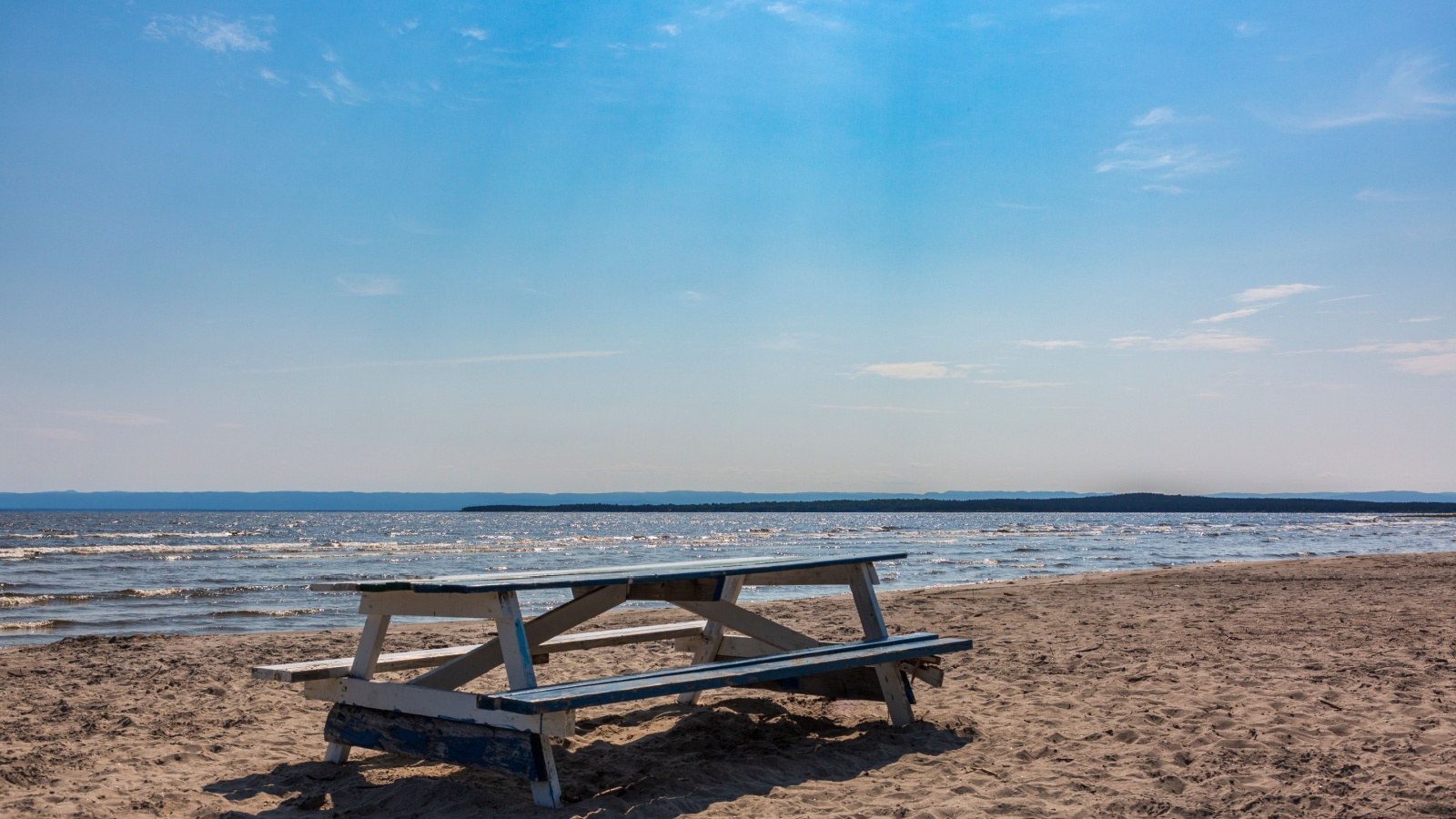
Lake Melville is a striking fjord-like lake in Labrador, but its waters pose challenges. Industrial development and runoff have raised contamination concerns, with studies showing elevated mercury levels in fish. For swimmers, frigid temperatures are an even bigger risk, as hypothermia can set in within minutes. Locals often avoid entering the water altogether, opting instead for boating or shoreline activities. Despite its unique northern beauty, Lake Melville is inhospitable for swimming and better enjoyed from a safe distance, and for tourists, it remains a place to admire, not immerse in.
Lake Temiskaming, Ontario/Quebec
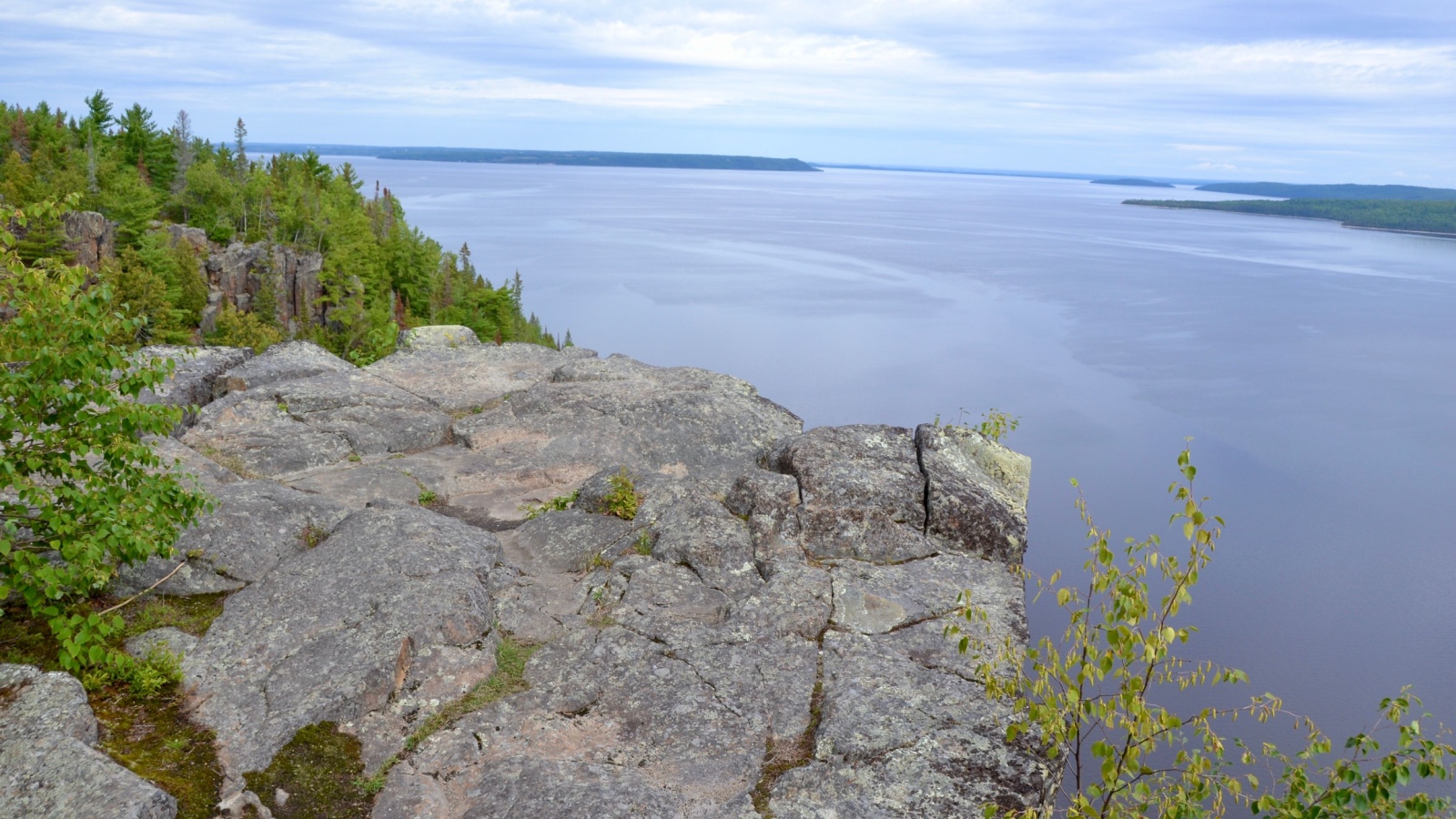
Straddling Ontario and Quebec, Lake Temiskaming offers dramatic scenery but is unsafe for swimming in many spots. The lake experiences high bacteria levels, and advisories are common in summer, while cold water temperatures also increase the risk of shock, even for strong swimmers. Local conservation authorities routinely warn against prolonged water contact, especially after heavy rainfall. Boating and fishing thrive here, but swimming is discouraged. Visitors often find the lake breathtaking from the shore, but for safe swimming, locals recommend smaller, nearby lakes with monitored beaches instead of braving Temiskaming’s unpredictable waters.
Lake Manitoba, Manitoba
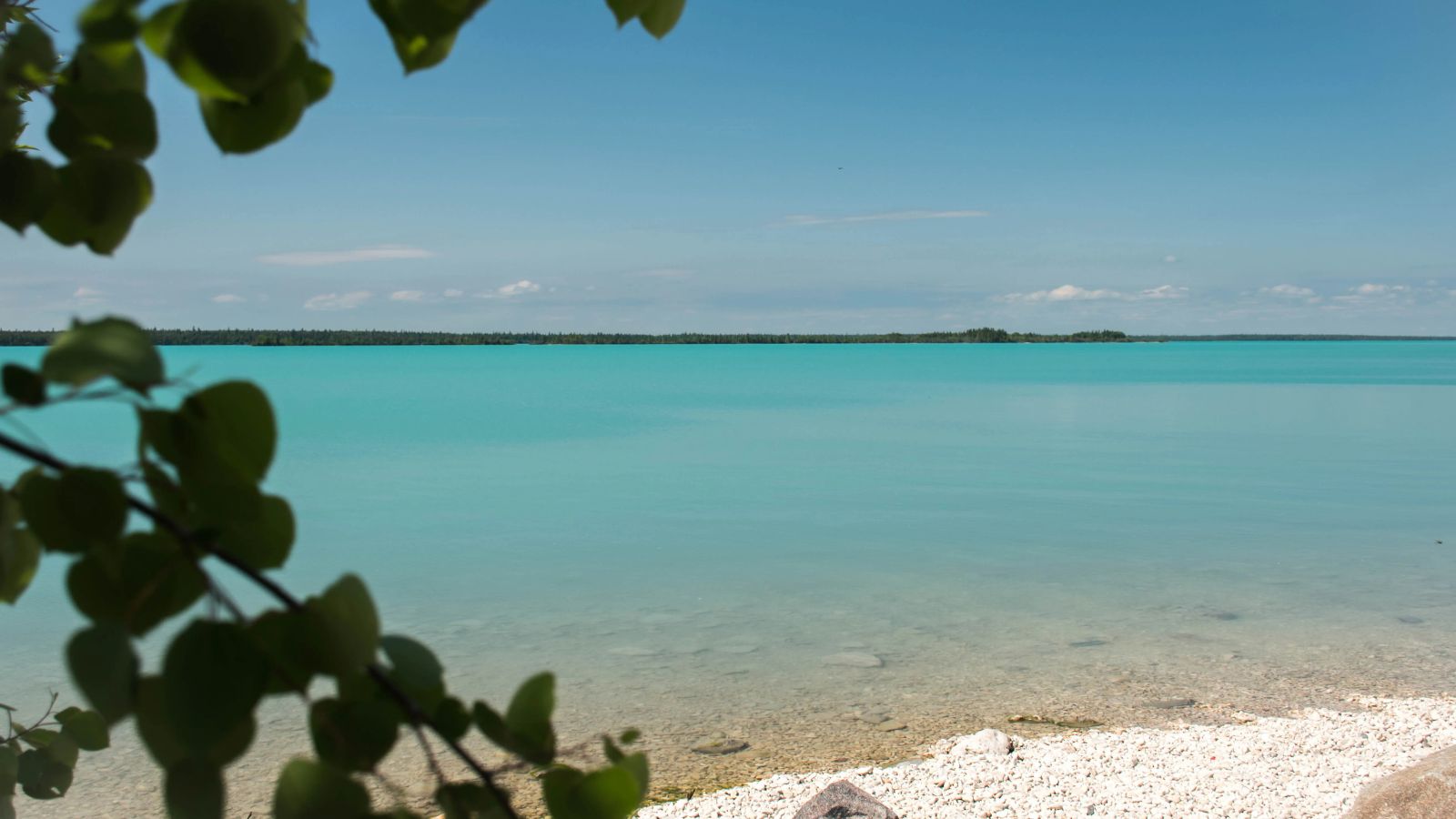
Lake Manitoba is vast and historically significant, but swimming here is unsafe much of the summer. Frequent algae blooms, fueled by agricultural runoff, contaminate the water and pose health risks. Beach closures are common, frustrating residents and visitors alike. The shallow lake is also prone to wind-driven waves and strong currents, adding another danger for swimmers. Locals often warn families and tourists to enjoy the beaches for sunbathing but avoid the water. Despite ongoing cleanup efforts, Lake Manitoba remains one of the province’s most problematic lakes for safe swimming.
21 Products Canadians Should Stockpile Before Tariffs Hit

If trade tensions escalate between Canada and the U.S., everyday essentials can suddenly disappear or skyrocket in price. Products like pantry basics and tech must-haves that depend on are deeply tied to cross-border supply chains and are likely to face various kinds of disruptions
21 Products Canadians Should Stockpile Before Tariffs Hit
